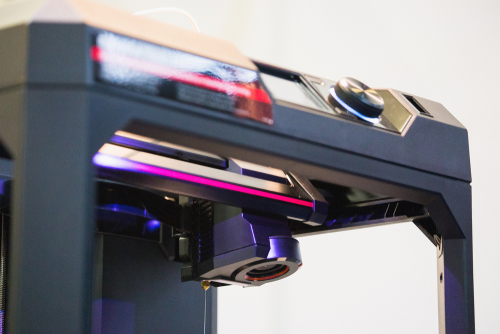In the many steps for making your invention a reality, prototyping is a vital step. The prototype of your invention is where your idea finally takes physical form and leaves the blueprinting phase. The prototype stage is a time for showing your product to investors, testing your product, getting feedback, and finding things you didn’t even think of in the planning and design stages. For plastic prototypes, many designers choose between 3D printing and custom injection molding.
Pros and Cons: 3D Printing
3D printing is most commonly used by designers that need small quantities of their product or are looking to save money. Although purchasing and maintaining a 3D printer can be expensive, there are 3D printing facilities that can be rented. 3D printing is ideal for a prototype that is going to have many different iterations early on. 3D printing is not cost effective if you plan on creating your prototype in bulk. 3D printing also offers less variety of materials. 3D printing also requires that the inventor is experienced with digital design on supported software. Otherwise, the designer can hire a tech designer to help navigate the software.
Pros and Cons: Custom Injection Molding
Injection molding provides product designers with many benefits. Injection molding is perfect for producing prototypes en masse. Some plastic molding companies use Mold Flow software to minimize risk and maximize product perfection. This software allows the mold to be designed and tested digitally so that the mold can be used effectively. Injection molding also creates more uniform plastic pieces than a 3D printer. There is less error when using custom designed molds. When a designer has settled on a design for their plastic part, using custom injection molding ensures a high level of accuracy for less overhead cost. Injection molding also has efficiency in timing over 3D printing.
A Hybrid Method
Because of their various pros and cons, many designers develop their parts in two waves. In early prototype development, 3D printing allows for flexibility. If the product fails or it needs to be improved, at least you didn’t waste time and money developing a mold that is now unusable or getting hundreds of obsolete products. However, once a design is settled on, custom injection moldings is a cost and time effective way to produce the prototype accurately while also improving the product by using stronger or more flexible plastics.
If you are looking for a cost-effective way to develop your product, Lee’s Plastics offers professional custom mold injection. We also provide Mold Flow Analysis when needed to create the perfect mold for your product. Contact us to learn about our process and to submit your design.


